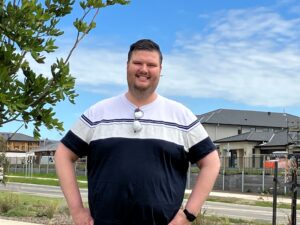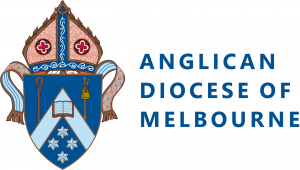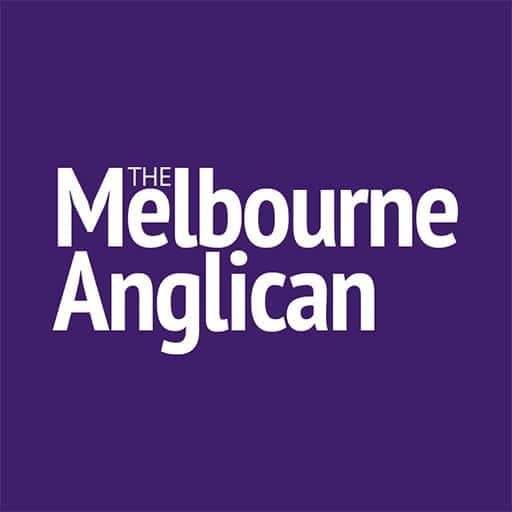
By Andreas Loewe
24 May 2022
“That’s the biggest earth that I’ve ever seen”, a boy visiting the exhibit of Luke Jerram’s Gaia told me. The stunning replica of the planet suspended from the crossing in St Paul’s Cathedral is seven metres in diameter. Based on detailed NASA photography, every centimetre on the globe is 18 kilometres in real life. The planet slowly revolves, each “day” lasting four minutes. When we look at Jerram’s artwork we may see earth as God sees it (as well as a few very privileged astronauts): a beautiful blue globe of continents and oceans, crisscrossed by cloud-patterns that extend for thousands of miles. A planet that has no near neighbour that we have yet discovered, which offers the same beauty and perfect conditions for humans, animals and plants to flourish.
During the past four weeks, the cathedral has welcomed more than 40,000 people. Outside worship times most of them have come specially to see Jerram’s artwork. There is a great reverence among the many visitors to the cathedral. Most spend time to sit in the pews and reflect, as they quietly look on the turning earth. Many visit our prayer stations and spend time in prayer and to light a candle. Children are particularly fascinated by the globe in the cathedral. On being told the artwork was named Gaia – the “mother earth” in Greek mythology – one girl exclaimed: “That’s what I am called!”, and proudly pocketed a handful of postcards of the globe with her name on it to show to all her friends. Older kids told me that the climate emergency is what most worries them about the future, and how vital it is that we take action to make sure our planet remains a liveable home in years to come.
Read more: Earth as astronauts see it set to hang in St Paul’s
At a climate forum held in the cathedral at the launch of our exhibition, scientists told us that we needed to take urgent action to save the planet. Failure to act decisively and quickly will see an even greater increase in the kinds of extreme weather events, like the droughts, bushfires, and floods that we have experienced in past years. Sitting beneath the beautiful globe in St Paul’s it is easy to see how events taking place here in Australia affect other parts of the world. When we see the earth as a whole, we see how everything on our planet is intricately interconnected. We can understand how if climactic patterns change permanently, that will lead to catastrophic weather events the world over. We can understand that we need to take urgent action to avoid such irreversible damage.
In order to save our planet for our children and grandchildren, we need to take individual and corporate action. Here at St Paul’s we have been leading by example. We have replaced high-energy consuming lights and other devices with energy-saving ones, which has already cut our carbon footprint significantly. We have divested from extractive industries and now derive all our electricity from renewable sources. Other churches have done the same, as have individual congregants. But if our positive action is not matched by government action in shaping climate policies that enable the transition from extractive fossil fuel consumption to renewable energy creation, then our chance of success is much diminished.
Read more: World will warm to twice 2015 forecast: St Paul’s public forum
Because in planning for this economic transformation from fossil fuel generation to renewable energy consumption, our political leaders need to ensure that no one gets left behind. Neither the Torres Strait Islander traditional owners who may lose their low-lying ancestral lands due to increased sea levels, nor the workers in the mining or coal-fired power generating industries who may lose their livelihoods, can be left behind. We need better policies that outline better plans to attain a better climate future for all.
As a Christian, I would describe the transformational change that we all – individuals and leaders – need to adopt in terms of metanoia or repentance. A radical, life changing turn away from service of self to God. Repentance of our past wrongs and a real change of life. Seeking God’s forgiveness and alignment with God’s will. It’s that call to change our lives and align our personal behaviours, planning, policy making, and advocacy with God’s vision for this world, that has motivated us at St Paul’s to bring the planet into our cathedral. It is a visible sign for all to see the world as God sees it: made very good when God called it into being, so loved by God that he gave his own Son for its life, so in need of God’s justice and saving grace – physically and spiritually.
The Very Reverend Dr Andreas Loewe is Dean of St Paul’s Cathedral.
For more faith news, follow The Melbourne Anglican on Facebook, Twitter, or subscribe to our weekly emails.







